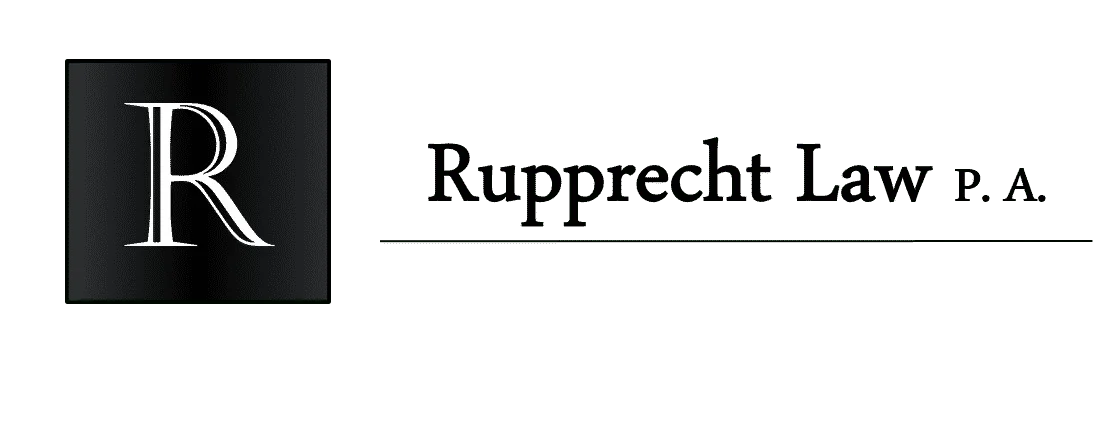The use of heavy-lifting drones—unmanned aircraft systems (UAS) designed to carry significant payloads—has rapidly expanded across industries such as logistics, construction, agriculture, and emergency response. These aircraft open new opportunities for businesses, but they also fall into one of the most highly regulated categories of drone operations under U.S. law.
Because heavy-lifting drones often exceed 55 pounds (25 kg), they do not qualify for standard Part 107 small UAS rules. Instead, operators must navigate a complex framework of FAA exemptions, waivers, and certifications before legally flying. For companies seeking to scale operations, the legal pathway can be challenging, requiring specialized knowledge of both aviation law and commercial risk management.
Why Legal Guidance Matters
Flying heavy-lifting drones without proper authorization can expose operators and clients to:
FAA enforcement actions, including fines and grounding of operations.
Civil liability for injuries, property damage, or regulatory breaches.
Insurance gaps if coverage excludes uncertified operations.
Contractual risks tied to data collection, cargo delivery, and operational safety.
We support you with:
Structuring compliance with FAA Part 91, Part 107, Section 44807, and Part 135 requirements.
Advising on airworthiness certification for large drones.
Drafting contracts and liability frameworks for heavy-lift operations.
Ensuring clients meet state, local, and international laws impacting drone deployment.
Services
- Waivers Learn more…
- Exceptions Learn more…
- Demonstrations Learn more…
Guides
- Ultimate Guide to U.S. Drone Regulations. Learn more…
- Free Part 107 Test Study Guide For FAA Remote Pilot Airmen Certificate. Learn more…
- Ultimate Guide to FAA’s Part 107 (14 CFR Part 107). Learn more…
- Drone Insurance Guide from Attorney/Flight Instructor. Learn more...
FAQS
Do drones under 0.55 pounds require FAA registration?
Not for recreational use only. However, if used for commercial purposes, operators must still register under Part 107 regardless of weight.
Are there fewer regulations for these ultra-light drones?
Yes. They are exempt from the registration requirement for recreational use, but all drones (regardless of weight) must comply with FAA safety rules such as:
No operations in restricted airspace without authorization.
No reckless or careless flight.
No flying beyond visual line of sight (BVLOS) without a waiver.
Do pilots need a license to fly sub-0.55 lb drones commercially?
Yes. Even with small drones, commercial operators must hold a Remote Pilot Certificate (Part 107). Recreational users do not need one, but they must pass The Recreational UAS Safety Test (TRUST).
What exemptions or waivers apply to sub-0.55 lb drones?
While lighter drones may face fewer airworthiness restrictions, operators still need waivers for:
Night operations without anti-collision lighting.
Flying over people.
Flying over moving vehicles.
BVLOS (beyond visual line of sight).
Do sub-0.55 lb drones need certification for experimental use?
No formal airworthiness certification is required. However, commercial or research use may still require Part 107 certification and waivers depending on operations.




